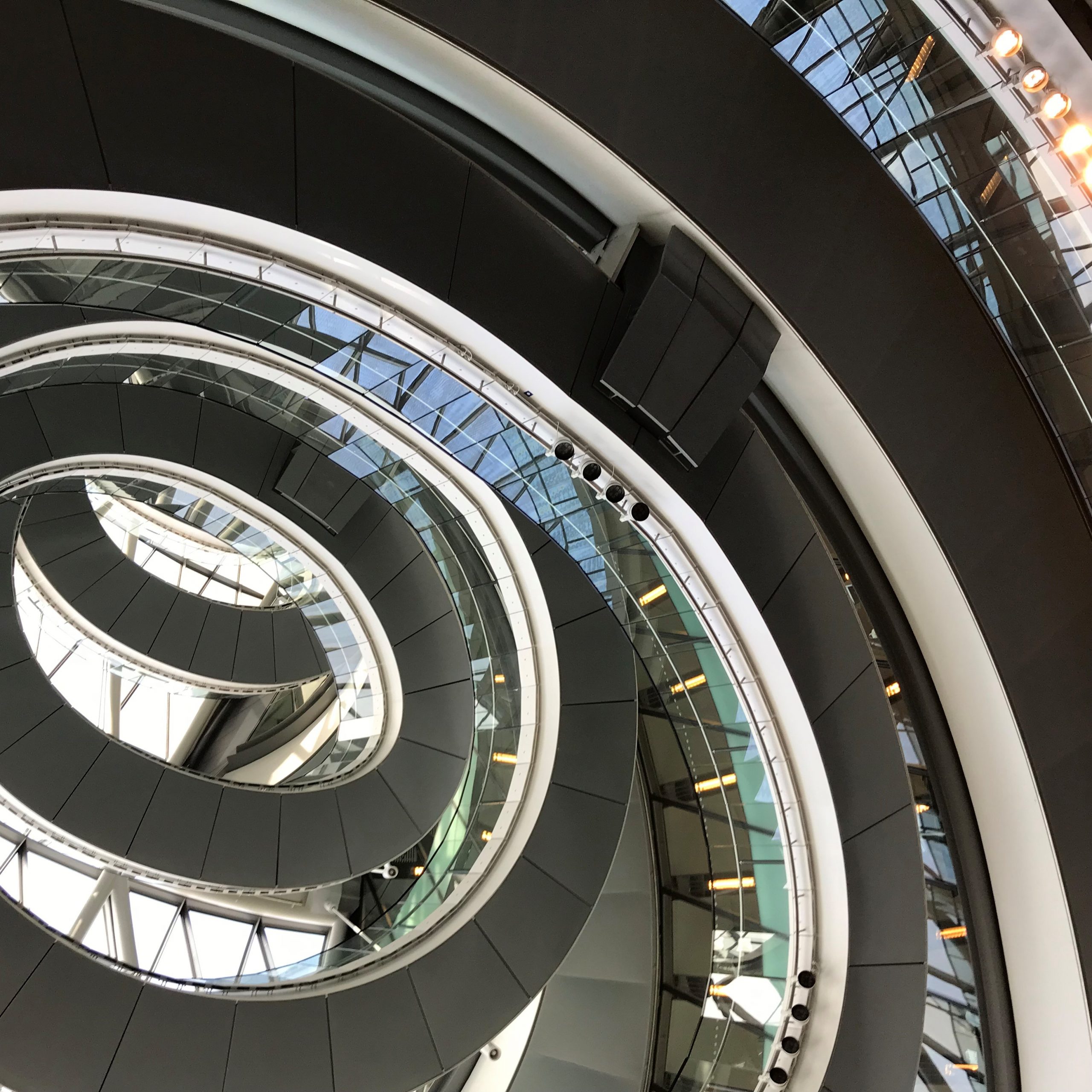“Those extensive tracts of country in England” selected for “their natural beauty” and “the opportunities they afford for open-air recreation…” It seems unlikely that those who penned the National Parks and Access to the Countryside Act 1949 would have predicted a future Mayor of London declaring The Old Smoke a “National Park City.” Yet on 22 July 2019, in a packed City Hall, that’s exactly what happened.

Hold on. According to the International Union for Conservation of Nature (IUCN), the primary objective of a national park is “to protect natural biodiversity along with its underlying ecological structure and supporting environmental processes, and to promote education and recreation.” Is that a realistic objective for a city? How does it weigh up against other urban objectives such as commerce, transport and housing?
“Look carefully at the logo” hints Duncan Mackay, a Senior Policy Specialist at Natural England. A giant green asterisk reveals itself. He explains that London hasn’t been formally designated as a National Park. Rather it has been inspired by the aims and values of national parks. The use of the term is metaphorical.
According to Dan Raven-Ellison, a ‘guerrilla geographer’ and founder of the National Park City movement, it is fundamentally about making urban life better. “It’s about lifting our ambitions; going further to make the city greener, healthier and wilder; improving our mental health; cleaning our air; making the city richer in wildlife; freeing children to play and meet friends outdoors again; tackling the climate crisis and bringing more joy to the city.”

By signing the London National Park City Charter, individuals and organisations are helping to normalise ecological urbanism – an absolute imperative for addressing ecocide and climate chaos. The movement is also spurring political commitments – not least, a citywide target of 50% green coverage by 2050. Yet it has the hallmarks of a grassroots campaign with thousands of Londoners actively involved, including many who had not previously engaged in environmentalism. It’s challenging people to think differently about their city and the role of nature within it: imperial fountains as wildlife ponds, hedgehog holes in every garden, via ferrata on inner-city walls and canals clean enough to swim in. It encourages us to ask “What if?” and, by extension, “Why not?”
It doesn’t stop at the M25. A Universal Charter has been drafted for an international audience, already finding traction in Glasgow, Newcastle and far-flung Adelaide. Indeed, a campaign to secure 25 National Park Cities by 2025 is well underway.
IUCN Urban Alliance Chair, Jonny Hughes, described the Summit as “an important milestone on the road to creating more resilient, sustainable, just, healthy, nature-positive and fun cities.” He continued, “If cities are ours to shape through inspirational movements such as National Park Cities, let’s ensure they bustle with nature and let’s make them beautiful while we do so!”
